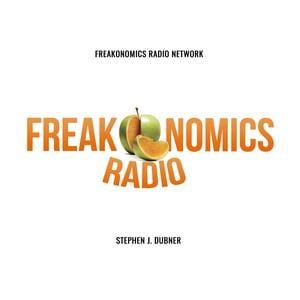
In this episode of Ted Talks Daily, Garry Cooper discusses how circular economies can revolutionize the concept of ownership and create a sustainable future for people and the planet. He explores the potential of circular cities, the role of technology, and the importance of smart public policy in driving circularity. Cooper also highlights examples of companies and cities that are already implementing circular economy practices.
Circular economies hold immense potential in transforming the concept of ownership and reducing waste. By creating a circular economy, every physical resource can find another use in another life, driving down emissions and creating jobs. Cities, being major consumers and generators of waste, are ideal locations for implementing circular economies. To transition a city’s linear economy to a circular one, it is essential to build digital and operational infrastructure while incentivizing participation. San Francisco and Massachusetts have already taken steps towards local circularity and reuse through ordinances and solutions.
Companies like Creeply, Gooder, Olio, Queen of Raw, Trove, and Recurate are leading the way in creating circular loops for reducing waste in various sectors such as food, textiles, apparel, and branded goods. Technology plays a crucial role in enabling circular cities, with universal internet access and local marketplaces being essential components. Digital platforms like Replay connect companies with partners to reduce waste, while the presence of more local shipping and delivery companies further enhances circularity.
The vision of a circular city goes beyond environmental sustainability. It aims to create a thriving economy that benefits everyone in the community equally, generating local jobs and reducing greenhouse gas emissions. Building a thousand circular cities by 2040 could have a significant impact, reducing global emissions by over 60% and aligning with the targets set in the Paris Accords.
Garry Cooper’s talk highlights the transformative potential of circular economies and circular cities. By reimagining ownership, embracing technology, and implementing smart public policies, we can create a sustainable future that benefits both people and the planet. The examples of companies and cities already driving circularity serve as inspiration for others to join the movement towards a circular economy.